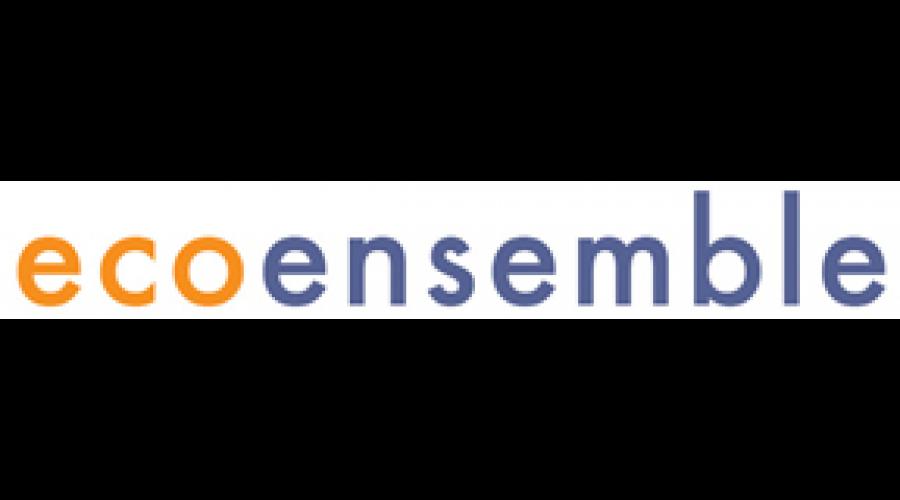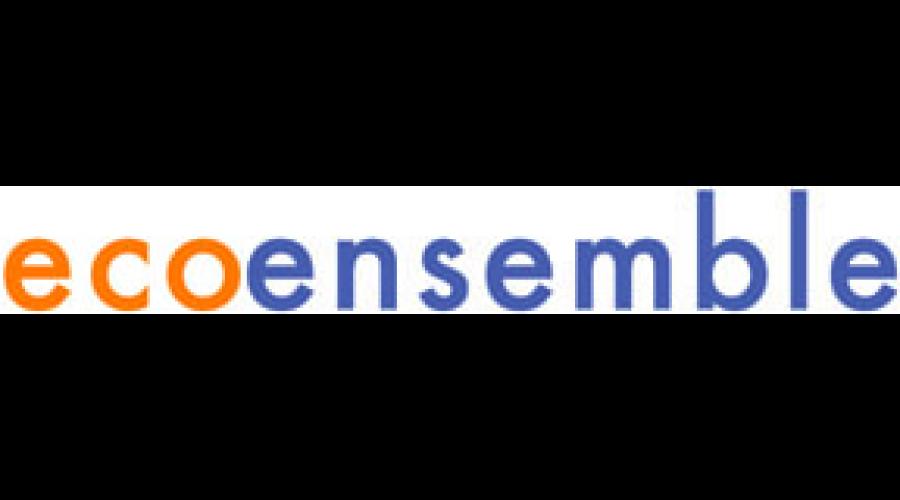
Archive
CNMAT Flashback
A look back at some items in our archives.
Improv Weekend: Why Do We Want Our Machines to Improvise?
Cal Performances presents: Eco Ensemble
Archive Browser
Interactive multitouch hemispherical dome
Build a hemispherical dome version of the idea with a fisheye lens. This has better ergonomy for collaborative use of a surface since you are not bent over a coffee table and can have eye to eye contact with other people around the dome and it could be done on a large scale (e.g. at the exploratorium).
Compact, tippable multitouch display
Build a better form factor than a coffee table: perhaps one that can be tipped as part of the interaction. There are new LED light based projectors that might make a really compact version possible.
http://www.mitsubishi-presentations.com/products/projectors/PK20.html
Policies
General compendium of policy for staff.
High-Performance, High Reliability Local Area and Wide Area Audio Routing
The goal of this project is to develop and extend our multichannel audio, gesture and data acquisition platform, RB-2, for LAN and WAN applications. The current generation of this device is connected directly via 100-BaseT crossover cable to laptop and desktop computers.
Printing
Printers available in the building, use guidelines, troubleshooting.
Video Presentation
This video presentation in three parts gives a concise overview of the research described in this thesis.
How-To Guides
A compliation of short goal-oriented tutorials related to CNMAT's Drupal website.
Troubleshooting
Troubleshooting
"Operation Timed Out"
Once when I tried to commit some changes to the repository I
saw this:
Introducation and Preparing for the workshop
I am looking forward to meeting you all next week for the sensor workshop. As well as the lectures and workshop time we will be doing at least one field trip and will enjoy guest lectures and performances of state of the art sensor instruments including David Wessel's new instrument introduced at NIME2007 last month.
Best Practices for using version control
Never store "derived" files in version control. Check in only source files, makefiles, etc.; the results of the build process (.o files, executable files, Java .class files, etc.) should not be under version control.
Dealing with bad characters in filenames
## Leading minus signs
If a filename begins with "-", like "-foo", then SVN commands will think you're supplying a command-line option when you're really trying to give the name of the file.
Solution: refer to the file as ./-foo, as in
svn mv ./-foo +foo
## Umlauts
SVN fails in an ugly way when you try to check out a file with an umlaut in its name.
Version numbers
## Version numbers
Each external should include its version number as described [cnmat:node/272|here]. Packages of patches that we release with the old new Max downloads page can have their version and other information in the same format in a separate "infosource.txt" file.
Authorship, License, Copyright, and Disclaimer
##
Every patch or [cnmat:node/272|textual source code file] should contain a comment listing the names of the authors and the year(s) it was written.
Software developed by CNMAT students, faculty, and staff almost always belongs to the University.
Help patches
Each patch or external should have a help patch listing all of its features. The help patch should show how the object would be used in context and designed for easy cut and paste.
For a file named something.pat, something.mxb, or something.mxt, its help patch should be named something.help.pat
A generic help file can be found in the repository in /MMJ-Depot/baseline/support/
Generic OSC-Style Messages
While not every patch implements all of these messages, these are some very common and desirable messages for a patch to understand:
- /gain Controls the Linear Amplitude of the signal output. Should accept an optional second argument to change to a specific amplitude over a number of milliseconds.
1. Getting and Installing Subversion
The central website for all versions of Subversion is here: http://subversion.tigris.org/project_packages.html
But keep reading---you probably want to follow one of the links later on this page.
Move/rename a file
SVN stores the entire history of not just each individual file, but also of how they were arranged into a hierarchical directory structure. When you decide to move a file (or subdirectory) to a new place in the tree structure, SVN can move that file's history along with it. (That means that when somebody wonders what this "new" file is doing there, they'll be able to trace its origin back to the old days before you made this move, or a complete history of its names, locations, and commit logs for changes.)
Add a New File
You are free to work in your working directory, which tends to create files, many of which should never touch the repository.
When you want a file to go into the repository, you need a working directory containing the subdirectory that the file will go into. Put the new file in that subdirectory (by saving, moving or copying) of your working directory.
svn add _filename_
Un-add a new file
What if you change your mind about adding a new file?
# If you already committed the new file
Delete it from the repository:
> svn rm _whoopsie.mistake_
> svn commit
# If you didn't commit the file but already did "svn add"
> svn revert
# If you haven't done "svn add"
Just delete it. Or leave it there for now; it's not bothering svn to have it there.
Get Back on Track if Something Gets Hosed
You're going to delete the whole directory containing the problem. Choose a reasonably small directory that completely contains the problem.
First, make sure everything else of value in the directory (especially including the file(s) you're having trouble with) is committed to the repository or backed up somewhere else on your computer.


